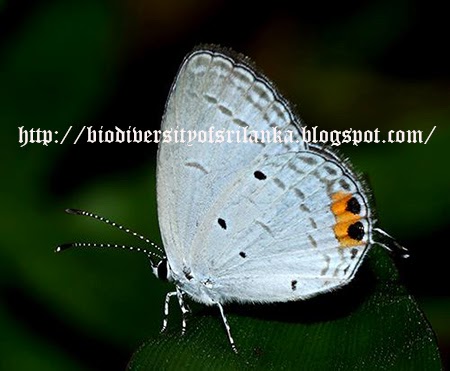Spot-billed Pelican is a common breeding
resident in tanks, lagoons and marshlands of the low country dry zone. Birds
originally released from National Zoological Garden of Dehiwela have established a breeding colonies in and around Colombo
සිංහලෙන් කියවන්න >>

















































